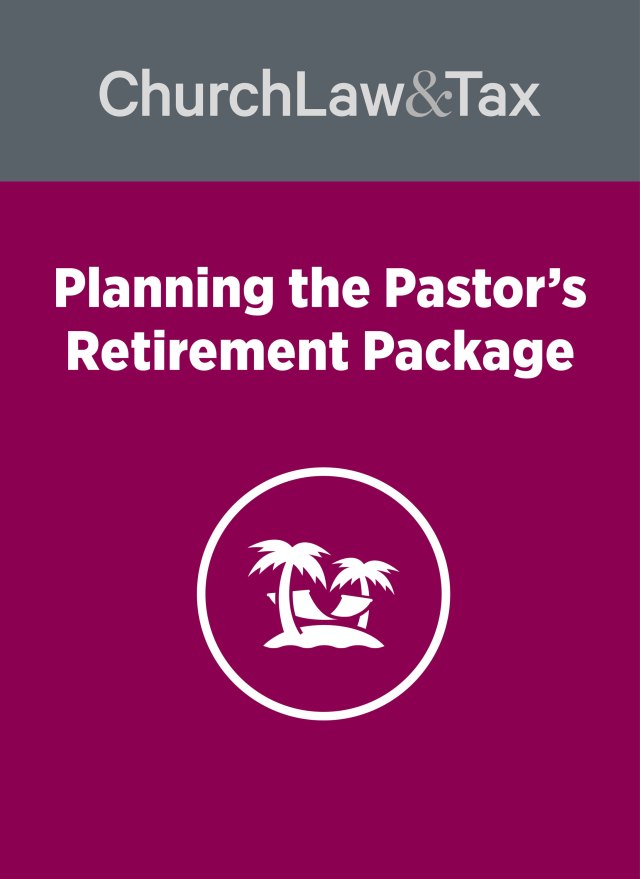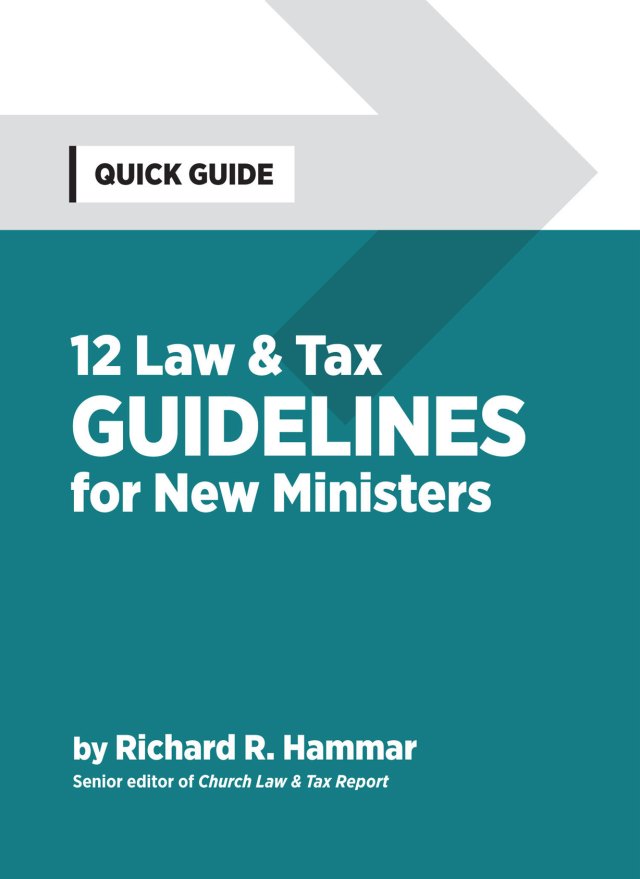The Social Security Administration has announced the following changes for 2004:
• Tax rates. The combined Social Security and Medicare tax rate remains at 15.3% for 2004, for both employees and self-employed. Employers and employees each pay half of this tax (7.65% each). Self-employed workers pay the entire amount, which is referred to as the “self-employment tax.” An employer can pay some or all of a self-employed worker’s self-employment tax, but any amount it pays must be reported as taxable income to the worker.
Tip. Remember that ministers are always treated as self-employed with regard to services performed in the exercise of their ministry. As a result, they pay self-employment taxes. A church should never withhold the employee’s portion of Social Security and Medicare taxes from a minister’s wages as it would for a non-minister employee.
- Amount of earnings subject to tax. The 15.3% tax rate consists of two components: (1) a Medicare hospital insurance (HI) tax of 2.9%, and (2) an “old age, survivor and disability” or “Social Security” tax of 12.4%. There is no maximum amount of income subject to the Medicare hospital insurance (2.9%) “HI” tax rate. The tax is imposed on all income regardless of amount. For 2004, the maximum earnings subject to the Social Security portion of self employment taxes (the 12.4% amount) increases to $87,900—up from $87,000 in 2003.
- Retired workers. In 2004, workers who are under their “full retirement age” (65 years and 4 months for those born in 1939) can earn up to $11,640 without having their Social Security retirement benefits reduced. For every $2 earned above this amount, a worker’s Social Security benefits are reduced by $1. A special rule applies to persons who continue to work in the year they attain full retirement age. Their Social Security benefits are reduced by $1 for every $3 of earnings above $2,590 for each month prior to their full retirement age (this amount was $2,560 in 2003). Beginning with the month an individual attains full retirement age there is no reduction in Social Security retirement benefits no matter how much the person earns.
Example. Pastor T is age 63, and is working as a minister of visitation at a church. He receives an annual salary of $26,000. He is wondering whether or not to begin receiving Social Security retirement benefits. If Pastor T begins receiving Social Security benefits, his benefits will be reduced by $1 for every $2 of earned income over $11,640. Since Pastor T has earned income of $14,360 in excess of $11,640, his Social Security benefits would be reduced by a whopping $7,180. As this example illustrates, in many cases it will not make sense for workers who are under their full retirement age to apply for Social Security retirement benefits if they plan on working and earning substantially more than the annual earnings limit ($11,640 for 2004).
Example. Pastor J will attain his full retirement age (65 years and 4 months) on October 1, 2004. He plans on working for several more years. In 2004 he is paid a salary of $48,000 ($4,000 per month). If Pastor J works for all of 2004, his Social Security benefits will be reduced by $1 for every $3 that he earns each month above $2,950 prior to the month he reaches his full retirement age. This will result in a reduction in Social Security benefits of $3,150. This represents $1 for every $3 of monthly earnings in excess of $2,950 for the first 9 months of the year.
- Average benefits. The maximum Social Security benefit for workers retiring at age 65 on January 1, 2004 increases to $1,825 per month ($21,900 per year). The average benefit is $922 per month ($11,064 per year) for all retired workers; $1,523 per month ($18,276 per year) for a retired couple who each receive benefits); $1,904 per month ($22,848 per year) for a widowed mother with two minor children; and $862 per month ($10,344 per year) for a disabled worker.
- Social Security recipients. At the end of 2002 more than 46,000,000 persons received Social Security benefits, of which 70% were retired workers, 15% were disabled, and 15% were surviving spouses.
This article first appeared in Church Treasurer Alert, December 2003.


